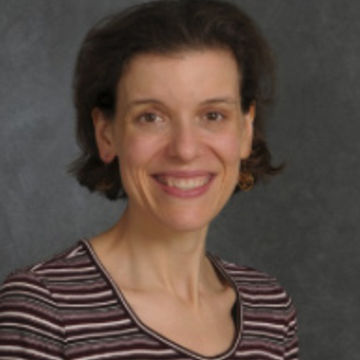Feeding Ur: Animals of the fields, desert, rivers, and marshes
Katheryn Twiss, PhD
Associate Professor, Department of Anthropology
Stony Brook University
Abstract:
Recent excavations at Tell al-Muqayyar (تل ٱلْمُقَيَّر), ancient Ur, have yielded faunal remains dating primarily to the early 2ndmillennium BCE. The animal bones clearly represent food remains. They also suggest that inside Ur, food debris was buried quickly and then left undisturbed, countering expectations and raising important questions about how garbage may have been managed inside this ancient city.
Additional questions exist as to where the animals—livestock, game, birds, and fish—were coming from. Currently, the lack of a regional isoscape map limits our ability to establish the origins and mobility of ancient Mesopotamian humans as well as animals. Dramatic changes in regional hydrologies and ecologies further complicate inferences. I will discuss current work aimed at opening opportunities for high-quality isotope analyses in southern Mesopotamia, focusing particularly on how novel isotopic data and methods may clarify ancient ecologies and food systems.
Bio:
Katheryn C. Twiss is Associate Professor of Anthropology at Stony Brook University in New York. Her research focuses on how people living in large, densely populated settlements navigate both social and ecological challenges through food. She publishes most frequently on animal production and consumption in Neolithic and Bronze Age Southwest Asia, but Twiss is also the author of The Archaeology of Food: Identity, Politics, and Ideology in the Prehistoric and Historic Past (2019, Cambridge University Press) and is currently co-editing a fifty-volume series titled Elements in the Archaeology of Food (also for Cambridge University Press). Former co-leader of faunal analyses at the Neolithic site of Catalhoyuk in Anatolia, she now leads the teams analyzing animal remains from two ancient southern Mesopotamian cities. Ur (Tell al-Muqayyar) is particularly famous for its Royal Cemetery and monumental ziggurat; Lagash (Tell al-Hiba), a massive urban center, made national news in 2022 when excavations revealed what media outlets referred to as “a 5000-year-old tavern”. At present she receives National Science Foundation funding for two internationally collaborative projects, “Geographies of Early Urbanism” and “Scientists’ Adverse Field Experiences Research (SAFER).” She is currently excited about multidisciplinary research on wetlands, the logistics of early urban foodways, and fun socks.

488 Escondido Mall, Stanford, CA 94305
106